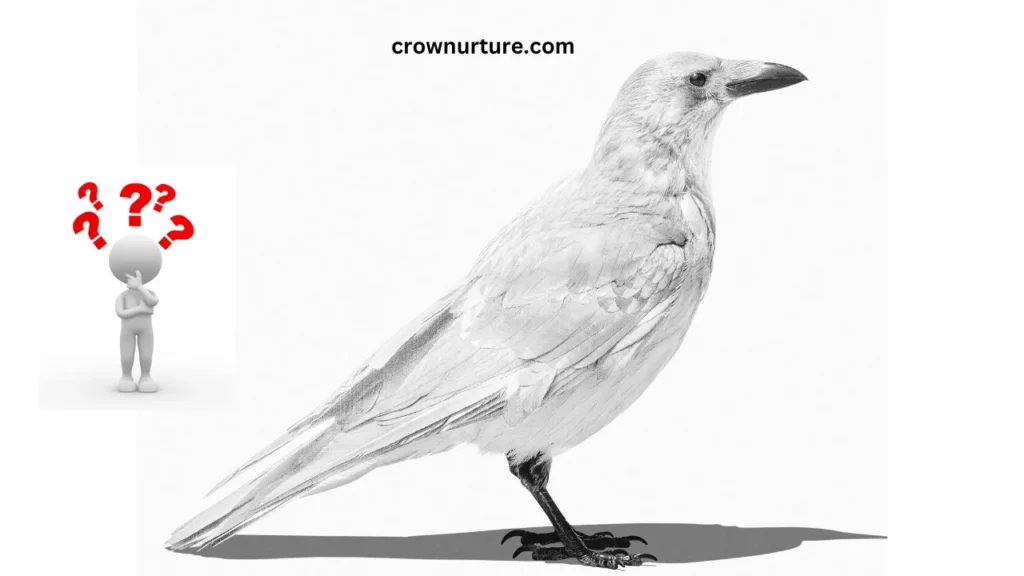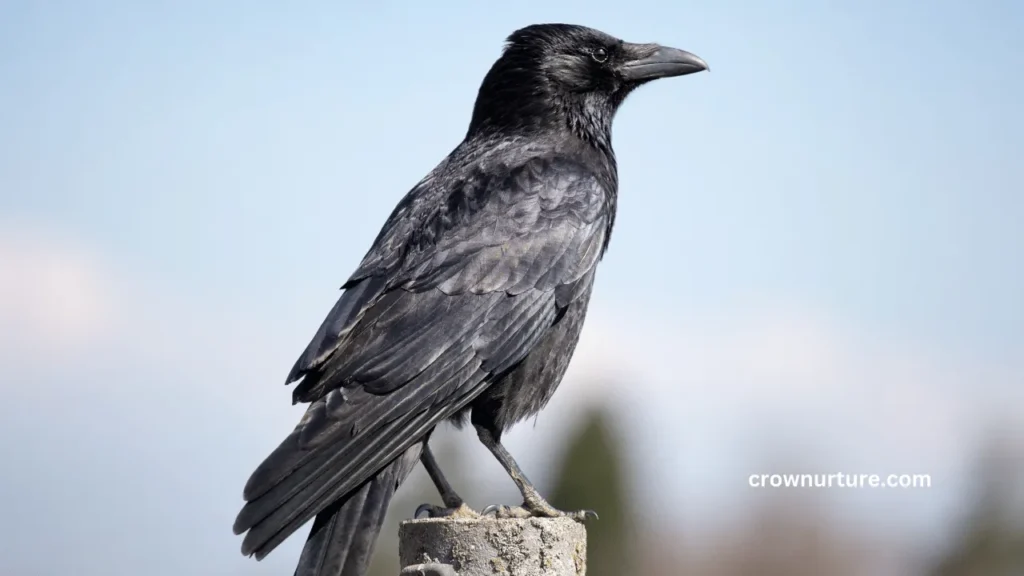Crows, with their striking black feathers and haunting calls, are a symbol of mystery and intelligence. But what happens when this iconic bird appears in white?
White crows are rare anomalies that captivate birdwatchers, scientists, and cultural enthusiasts alike. Their unusual appearance sparks curiosity and raises questions about their origins, survival, and symbolism.
Although crows are universally recognized for their jet-black plumage, rare genetic conditions like albinism and leucism can cause them to lose their dark coloration.
These mutations result in crows with white feathers, which stand out dramatically against their usual environments. But beyond their appearance, white crows also face unique challenges, from survival in the wild to interactions with their social groups.
The existence of white crows isn’t just a biological curiosity—it’s a window into the complexity of genetics, the impact of biodiversity, and the way humans interpret nature through folklore and mythology. Let’s delve into the science, cultural significance, and rare sightings of these elusive birds.

Contents
1. Genetics of Pigmentation in Birds
Bird feather coloration is largely determined by melanin, a pigment produced by specialized cells called melanocytes. Melanin comes in two primary forms: eumelanin, which creates black and brown tones, and pheomelanin, responsible for lighter shades like yellow and red.
In crows, high levels of eumelanin give them their distinctive black feathers. This trait is common across most corvid species and plays a critical role in camouflage and social signaling. Any disruption in melanin production can lead to rare cases of white or partially white feathers.
2. Genetic Mutations Leading to White Coloration
Albinism is a genetic condition that results in the complete absence of melanin. Albino crows have white feathers, pink or red eyes, and a pale beak. However, their lack of pigmentation can cause health issues like sensitivity to sunlight and weakened eyesight.
Leucism, on the other hand, is a condition where melanin production is only partially reduced. Leucistic crows often display white patches or an overall pale appearance, while retaining normal eye color. This makes them easier to identify compared to albino crows.
Other genetic anomalies, though rarer, can also produce unique feather patterns or muted tones. These mutations are random and can occur in any bird population, including crows.

3. Impact of White Coloration on Crow Survival
A white crow’s bright plumage makes it highly visible to predators, reducing its chances of survival. In contrast, the natural black feathers of crows help them blend into their surroundings, offering critical camouflage.
Socially, white crows may face rejection or curiosity from their flock. Crows are highly social birds, and their unusual appearance might affect their integration into the group or their ability to form bonds.
White coloration can also influence reproductive success, as potential mates may be less inclined to choose a bird that appears different from the norm. This can further impact the bird’s genetic legacy.
4. White Crows in Folklore and Mythology
White crows have a significant place in folklore and mythology. In some cultures, they are seen as omens—symbols of purity, change, or even bad luck. For example, in some legends, a white crow is a harbinger of major events, either positive or negative.
These beliefs reflect humanity’s fascination with rare natural occurrences. Over time, such myths have shaped our perception of unusual animals, including white crows, and contributed to their mystique.
5. Observing and Documenting White Crows
Birdwatchers and citizen scientists play an essential role in documenting sightings of white crows. Reports help scientists understand the frequency and distribution of these rare mutations, contributing to ongoing research in avian genetics.
It’s important to observe white crows responsibly, avoiding any disturbance to their natural behavior. Ethical birdwatching practices ensure that these rare birds can thrive in their habitats without human interference.
Conclusion
White crows are a rare and fascinating example of genetic diversity in nature. Through conditions like albinism and leucism, these birds challenge our expectations of what a crow should look like. However, their unique appearance also presents challenges, from increased predation risks to social acceptance.
Beyond the science, white crows hold a special place in human culture, symbolizing everything from purity to mystery. Their rarity reminds us of the intricate beauty and unpredictability of the natural world.
As we continue to explore the genetics and behaviors of birds, let’s appreciate the incredible diversity of life on Earth. Whether through scientific discovery or cultural storytelling, white crows inspire us to look closer and think deeper about the world around us.
FAQs
1. Are white crows real?
Yes, white crows exist, but they are extremely rare. Their white coloration is caused by genetic conditions like albinism or leucism.
2. What is the difference between albino and leucistic crows?
Albino crows lack melanin entirely, resulting in white feathers, pink eyes, and pale beaks. Leucistic crows have reduced melanin, leading to white patches or an overall pale appearance but normal eye color.
3. Do white crows face challenges in the wild?
Yes, white crows are more visible to predators and may face social rejection from their flock. Their survival and reproductive success can also be impacted.
4. What do white crows symbolize in folklore?
In folklore, white crows are often seen as omens or symbols of purity, change, or mystery, depending on the culture.
5. Can white crows reproduce?
Yes, white crows can reproduce, but their ability to attract mates might be influenced by their unusual appearance.
6. How rare are white crows?
White crows are extremely rare, as the genetic mutations causing their coloration occur infrequently in bird populations.








